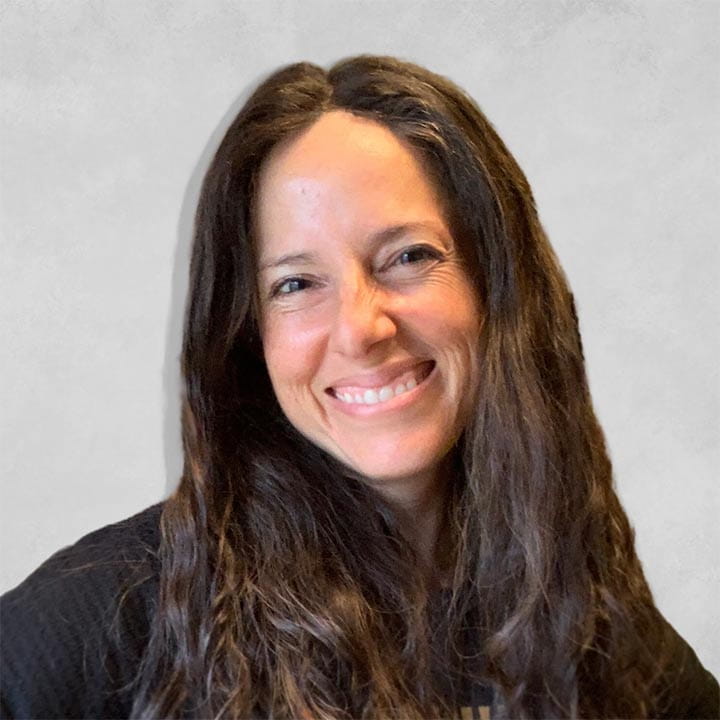Rehabilitation doctor brings hope, healing to patients after stroke and trauma
Timothy Hake, MD, leads rehabilitation at Ohio State by giving focused, compassionate care to each patient.
Jeremy and Nicole Phalen, of Upper Arlington, were empty nesters whose lives changed in a moment on the morning of Jan. 18, 2024.
Jeremy Phalen, a homicide detective with the Columbus Division of Police, was headed upstairs to dress for work when he lost his balance, slamming sideways into the front door. He staggered and landed face-forward onto the stairs.
Nicole Phalen came running when she heard the commotion. She found her husband on the ground, his speech slurred, and immediately called 911.
He had sustained a massive stroke at the age of 49.
Phalen had three surgeries in as many days at a nearby hospital to repair the blockage in his brain, reduce swelling and remove part of his skull. He spent a month in the intensive care unit and the inpatient neurological unit.

Beginning stroke rehabilitation
When Phalen was discharged from the hospital, he faced a long road of rehabilitation. “When I started talking to people, everybody just said Dodd is the choice, so I listened,” Nicole Phalen says.
Ohio State Dodd Rehabilitation Hospital is designed for the rehabilitation needs of people like Phalen, who’ve sustained a stroke, a traumatic brain injury or a major illness or injury. The day they arrived, the Phalens met Timothy Hake, MD, and knew immediately they had made the right decision. Despite Dr. Hake’s many responsibilities as the medical director of Dodd, the Phalens say they never felt rushed. Instead, they sensed Dr. Hake was completely present and genuinely cared.

“It’s a scary time, so to have somebody who has your best interests at heart and has the knowledge and skills you don't have is such a gift,” Nicole Phalen says.
Within days of arriving for inpatient rehabilitation, Jeremy Phalen experienced a pulmonary embolism — blood clots in his lungs and heart — and was rushed nearby to The Ohio State University Wexner Medical Center Richard M. Ross Heart Hospital. It was evening, and Nicole Phalen was sure Dr. Hake was supposed to be home already. Instead, Dr. Hake stayed in the room with the Phalens, ensuring transport arrived quickly. “I just remember thinking, this is a big, important fellow, and he’s just hanging out with us like we’re the only people on the planet,” Nicole Phalen says.
Giving people his full attention is a trait Dr. Hake brings to colleagues and his continuous improvement goals as the medical director of Dodd. “Our greatest leaders are focused and driven, getting the project done before moving to the next. That's why he’s always giving you his full attention every moment, because for him it’s innate,” says Sheital Bavishi, DO.

Providing team-based stroke care
A stroke can affect every part of the body, from speech and mobility to pain and mental health. Rehabilitation requires a team of experts who managing these different components while also thinking about the patient holistically. This is the part of physical medicine and rehabilitation that Dr. Hake appreciates most.
“I really enjoy the interdisciplinary team approach of working closely with physical, occupational, and speech therapists, psychologists and social workers, to provide holistic care,” he says.
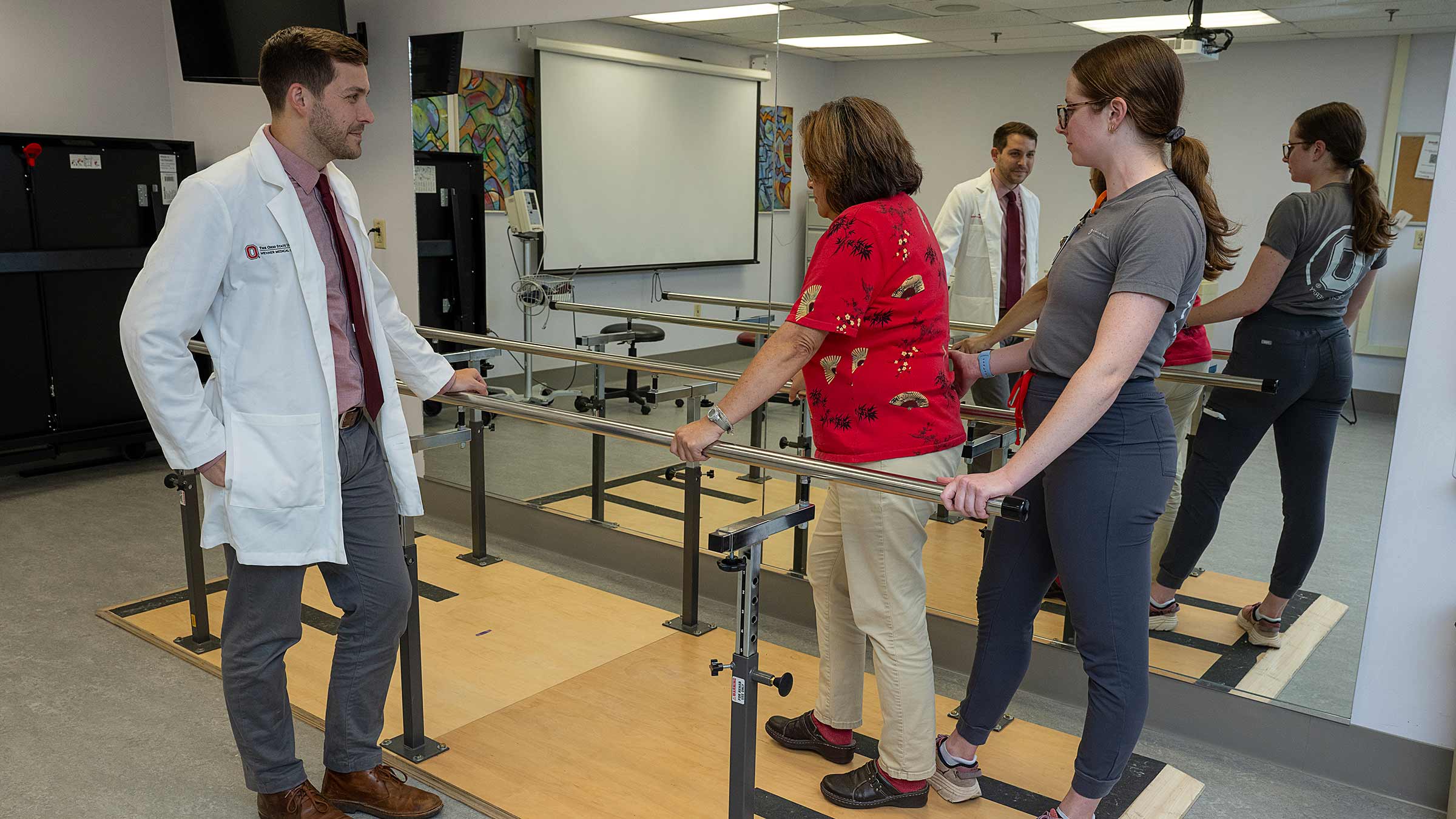
Dr. Hake strategically does rounds with patients during their speech therapy sessions so they can use their communication strategies to get questions answered or convey pain. “He really wants to hear what patients are going through, and he’s so patient with them, especially if they’re working on thinking or language skills that make communicating hard,” says Nicole Warchol, MA, CCC/SLP, a speech therapist at Dodd.
Dr. Hake sees patients like Jeremy Phalen from the time they enter Dodd through outpatient physical therapy. He provides long-term care focused on muscle spasms and contractures, pain management, mobility, cognitive issues, language and swallowing issues.
“What brings me joy day-to-day is having the ability to see people grow from immediately after a life-altering injury or illness to progress through recovery,” Dr. Hake says.
Progress can be slow, so it’s important to focus on small achievements in rehabilitation. “It’s a marathon, and you have to take it day by day, so any recovery is recovery. If you weren’t able to sit up in bed and now you can, that’s progress we celebrate,” Dr. Hake says.
As a physician resident, Gretchen Harknett, DO, has learned from Dr. Hake how to patiently and holistically assess patients’ needs.
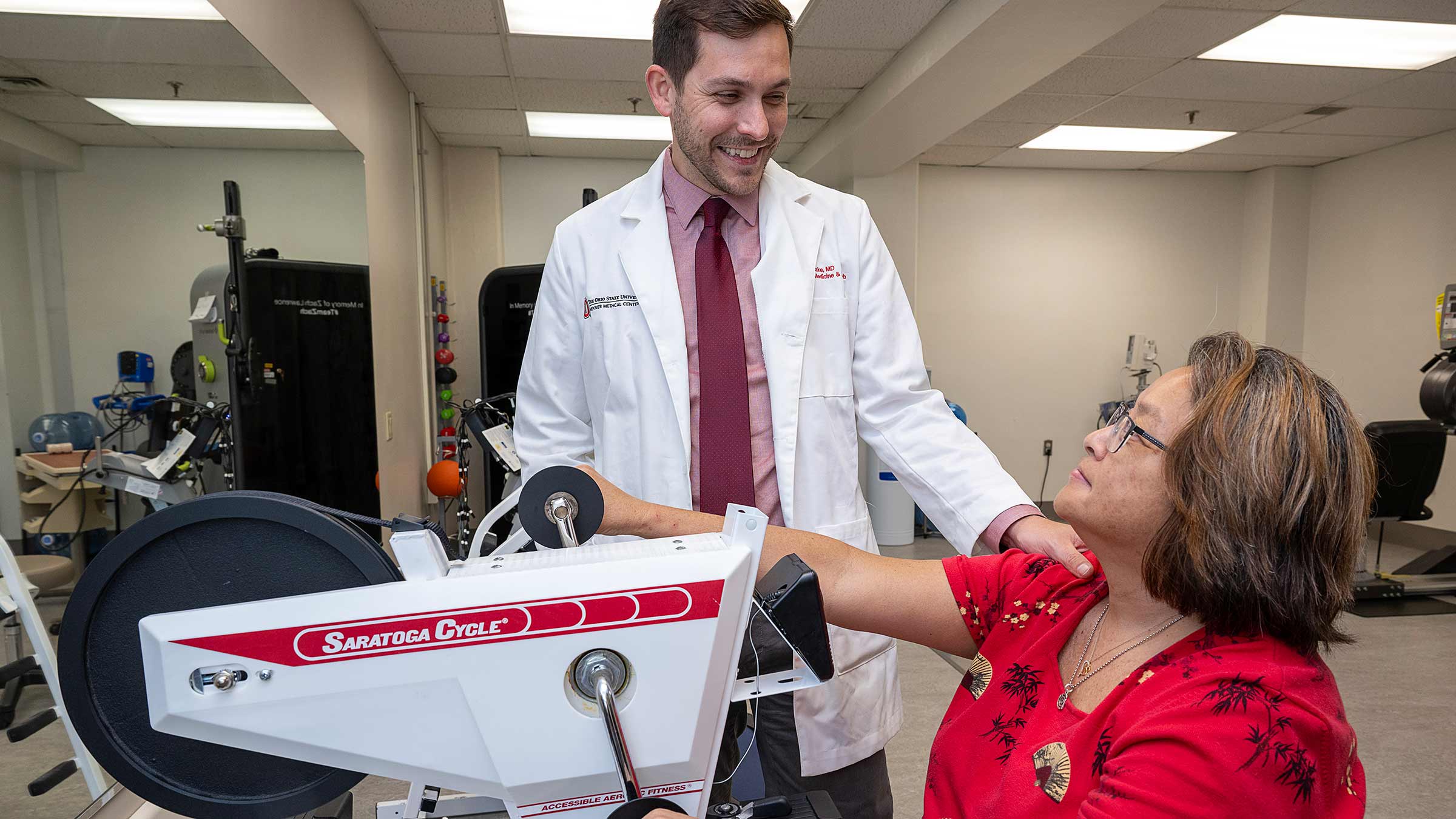
He starts at the top of the body and asks about everything a stroke can affect in ways patients can understand. Instead of using terms like neuropathy and spasticity, Dr. Hake asks if patients have any electric shooting pain or jumping muscles.
“A patient’s whole life changes after a massive stroke, and it’s a long road ahead. Dr. Hake gives them a plan by asking about each system strategically,” Dr. Harknett says.
The team at Dodd has a track record of success as a rehabilitation industry leader for more than 60 years. “I have a very close relationship with all the therapists and psychologists, so we’re able to have one-to-one conversations that may not happen elsewhere and put trust in each other to do everything to improve patients’ quality of life and function,” Dr. Hake says.
Regaining independence and dignity after stroke
Jeremy Phalen came to Dodd with no movement on his left side. Within a few weeks of rehabilitation, he could sit up on the side of his bed, move into a chair and shower on his own. These milestones were crucial to being able to return home.
“Jeremy was the patient, but the team at Dodd focused on teaching me critical skills so that we were confident enough to go home,” Nicole Phalen says.
Today, thanks to his hard work in rehabilitation, Jeremy Phalen can get in and out of a car, walk with a cane, go out for dinner and garden on his deck. After barely being able to wiggle a toe, every new achievement feels like a miracle. “Dr. Hake, the therapists and the nurses are all great at helping us see how everything is a building block,” Jeremy Phalen says.
That kind of collaboration requires intense communication. “It’s just a big, seamless engine of collaboration, kindness and skill from all of these individual people,” says Nicole Phalen.
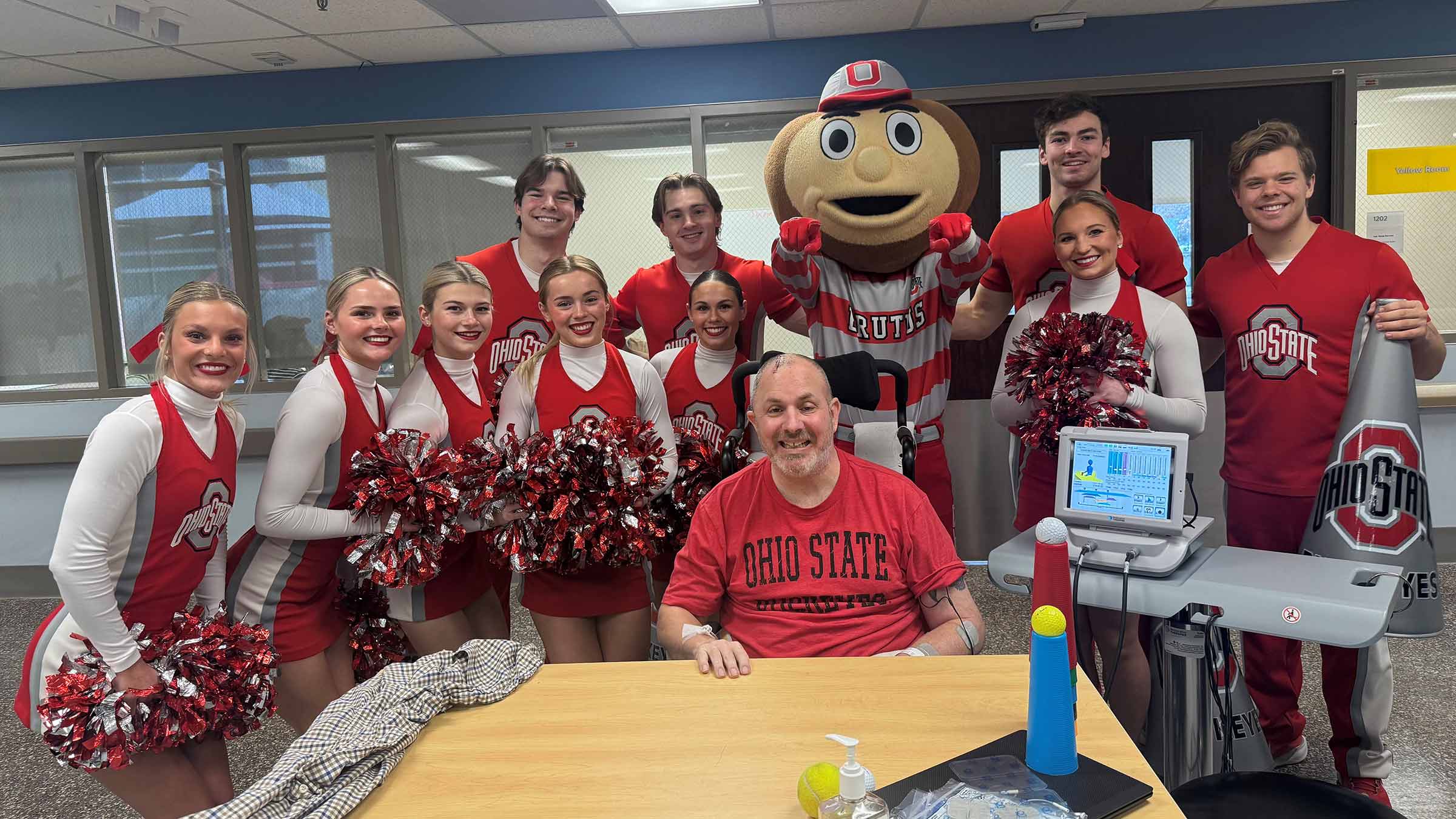
Continuity of care throughout stroke recovery
Inpatient rehab is like a boot camp, with the goal of getting patients safely home. Patients participate in at least three hours of therapy, five days a week. Stays at Dodd can last a week to as many as four weeks, depending on the patients’ needs. After discharge, patients move on to outpatient rehabilitation.
“Inpatient rehabilitation at Dodd Hall sets Ohio State apart. We’re recognized for our expert approach that helps stroke survivors make significant functional gains — often returning home within weeks.”Susan Bowman Burpee, APRN, CNP
Therapy can include physical therapy to regain strength, balance and confidence. Occupational therapy can include medication management, money management, household chores and safety.
Getting to know patients soon after they’ve had a stroke, and then throughout recovery, is one of the most rewarding parts of working with stroke patients, says Dr. Hake. “I get to see your progression, watch your story unfold through treatment and have a better sense of how you’re progressing to reach your functional goals,” he says.
Inspiring the next generation of rehab doctors
As a mentor, Dr. Hake takes time from his busy schedule to pass along knowledge to medical students and physician residents. He stops between seeing patients to explain what they just saw, and he follows up with office hours to teach topics more thoroughly.
“He does a really good job during rounds of explaining something I didn’t understand. It might take just five minutes, but when he teaches, I feel like everything makes total sense,” Dr. Harknett says.
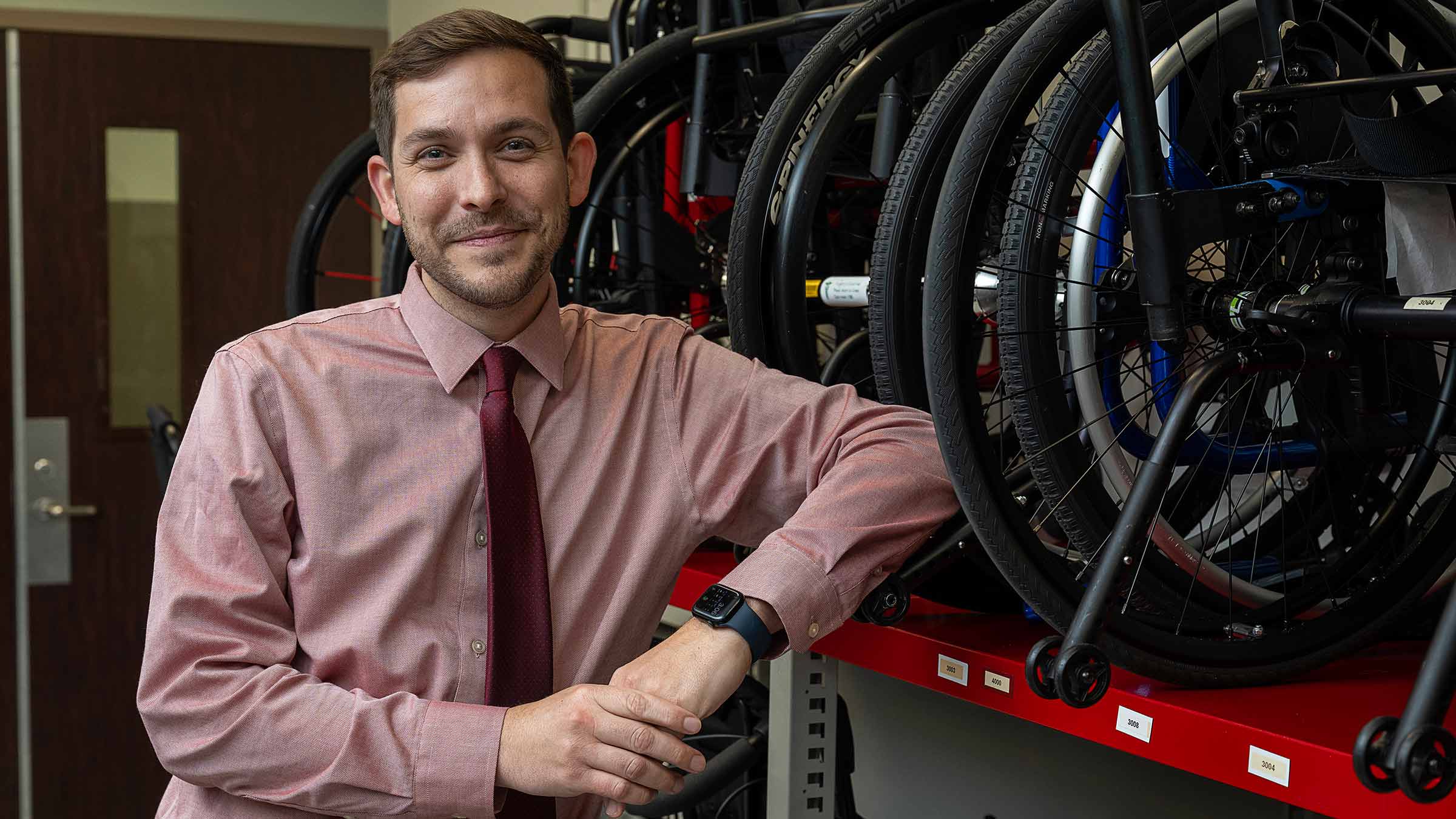
If Dr. Hake does a physical exam on a patient, he literally picks up the medical student’s hand so they can do it with him. It turns out this is good for patients, too. “Taking the time to teach the student out loud means I’m also teaching the patient and their family member,” Dr. Hake says.
Giving patients hope
Rehabilitation is full of setbacks, but it’s also full of hope. Dr. Hake considers it a privilege and a responsibility to ignite hope in patients and families.
He gets most excited during moments like seeing a patient who isn't able to move their arm suddenly experience a bit of flickering movement.
“It’s so exciting to be there with the patient at the moment, even though it doesn’t sound like a lot. They’re not functionally using the arm yet, but they have hope,” Dr. Hake says.
The Phalens can confirm how much that sense of hope matters. “More than anything, Dr. Hake’s patience gave me hope along the way. A lot of times in the health care system, you feel like everyone's in a rush, but here's this physician spending 20 minutes in my room, just talking to me like a normal person,” says Jeremy Phalen. “Everything he’s ever said has given me hope.”

Rebuilding your life after an accident or other traumatic event is possible
Our nationally ranked team can help you recover.
Learn more


